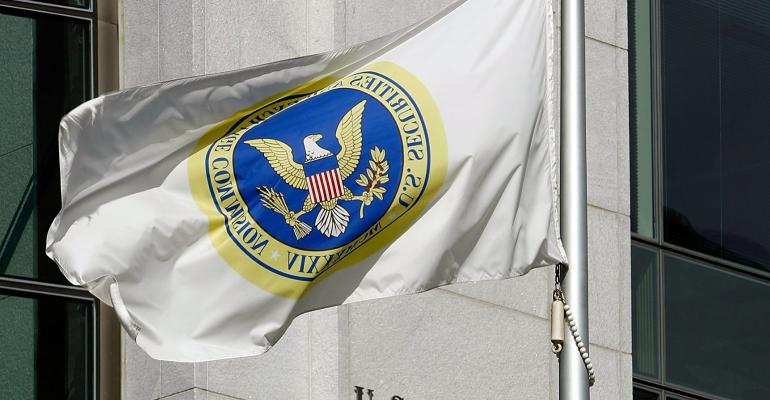Investment advisory firms with numerous branches risk compliance lapses when they’re not ensuring their policies and procedures are being implemented across all locations, according to a new risk alert released by the SEC’s Office of Compliance Inspections and Examinations (OCIE).
The “Multi-Branch Initiative” analyzed compliance successes and shortcomings at advisory firms with numerous offices that have operations “geographically dispersed” from the firm’s primary location. OCIE staff conducted nearly 40 examinations of advisors’ main offices, along with one or more examinations at those firms’ branch offices (most of the analyzed firms had 10 or more branch offices). The surveyed firms collectively served about 185,000 clients, most of whom were retail investors, with a cumulative total of $110 billion in assets.
According to the risk alert, OCIE staff warned that the branch office model posed “certain risk factors” for firms that could be heightened if practices differed between main and branch offices. The report stressed that many of the risks were not unique to the model, but the separation between offices and staff when dealing with home and branch offices could lead to stark differences in how compliance procedures are communicated and carried out.
“For example, advisors that do not monitor, review, and/or test their branch office activities may not be aware that the compliance controls they have adopted are not effectively implemented or do not appropriately address the intended risks and conflicts in these remote locations,” the report read.
OCIE staff found firms often had outdated information about compliance policies and procedures, and those procedures were not always consistently applied at all branch offices. The compliance concerns included advisors being unaware they had custody of client assets, or failing to have policies in place to identify when clients were being saddled with undisclosed fees.
The analysis found that more than half of the examined advisors had compliance deficiencies in portfolio management practices, including paltry oversight on investment decisions that happened in branch offices. According to the risk alert, examples included mutual fund share class selections, when conflicts advisors had in recommending such products to clients weren’t disclosed.
Max Schatzow, an attorney with Stark & Stark’s Investment Management and Securities Group and the author of the investment advisor blog AdviserCounsel, said having all of your staff under one roof, for obvious reasons, would make it easier to ensure compliance, but he cited the biggest differentiator between single-office and multibranch firms was not just that they operate in multiple places, but that they also often allow representatives in these disparate locations to serve as portfolio managers.
“I think the latter is the situation that creates a lot of the regulatory issues,” he said. “The more you let an individual at a branch office conduct portfolio management and engage in trades, that creates a lot of issues.”
When representatives can recommend multiple types of investments, Schatzow said, it opens the firm up to potential conflicts if those reps are recommending investments where they might benefit. Therefore, home offices need to be very cognizant of understanding how their representatives are trading to avoid potential compliance stumbles.
To combat these compliance lapses, OCIE staff encouraged firms to consider putting uniform procedures in place across all branch offices and to all staff, including independent contractors (while also tailoring these procedures for aspects that may be unique to certain branch offices). Some of the multibranch firms that fared best created uniform procedures to establish main office oversight over advertising, client fee billing (including limiting the amount and types of independent billing options or fee arrangements), and personal trading activities for staff throughout all branches.
The risk alert also suggested firms conduct compliance reviews at branch offices at least once a year, and more frequently if needed. Firms should be checking that branch offices are conducting their own compliance assessments on portfolio management decisions and selecting people in those branches to lead such reviews. Main offices shouldn’t be relying on compliance procedures wholly dependent on self-reporting and should have procedures in place to check disciplinary histories on new personnel, wherever they are being hired.
Schatzow admitted he was disappointed in the prescriptions included in the risk alert, saying they were short on detail and stressing that compliance professionals would benefit from specific ideas about how to avoid the issues the risk alert raises. One example included when firms could run aground of the custody rule; compliance relies on employees to self-disclose outside business activity that could potentially make the rule apply.
“Unless you have advisors who are really forthcoming, it’s impossible to comply,” he said.





